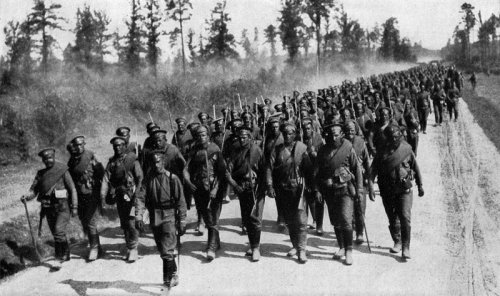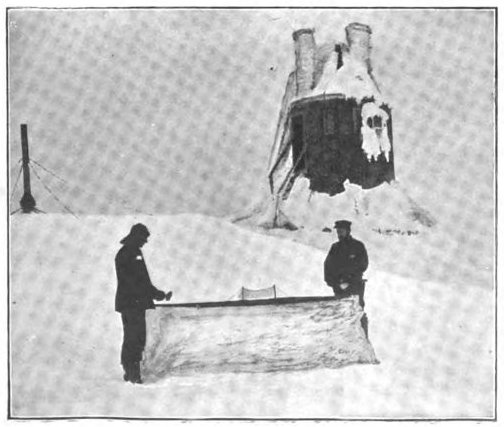On Nov. 20, 1980, Leonce Viator Jr. went fishing with his nephew on Louisiana’s Lake Peigneur. He might have noted two worrisome things: Below the lake was a salt mine, and above it was a drilling rig.
The drill punctured the mine’s roof, and the resulting whirlpool devoured two oil rigs, 11 barges, a tugboat, a loading dock, “assorted greenhouses,” a house trailer, several tractors, countless trees, and most of the Live Oak Botanic Gardens. Amazingly, the water drained so quickly that Viator’s 14-foot aluminum boat was stuck in the mud at the lake’s bottom, and the pair were able to walk away.
No one was killed, but Lake Peigneur is now saltwater.
UPDATE: Viator’s boat wasn’t stuck in the mud — he tied it to a tree, ran to safety, and watched the hole eat both the boat and the tree. There’s good footage here, including the waterfall formed when the normally outflowing Delcambre Canal reversed itself to feed the whirlpool:
(Thanks, Kevin.)




